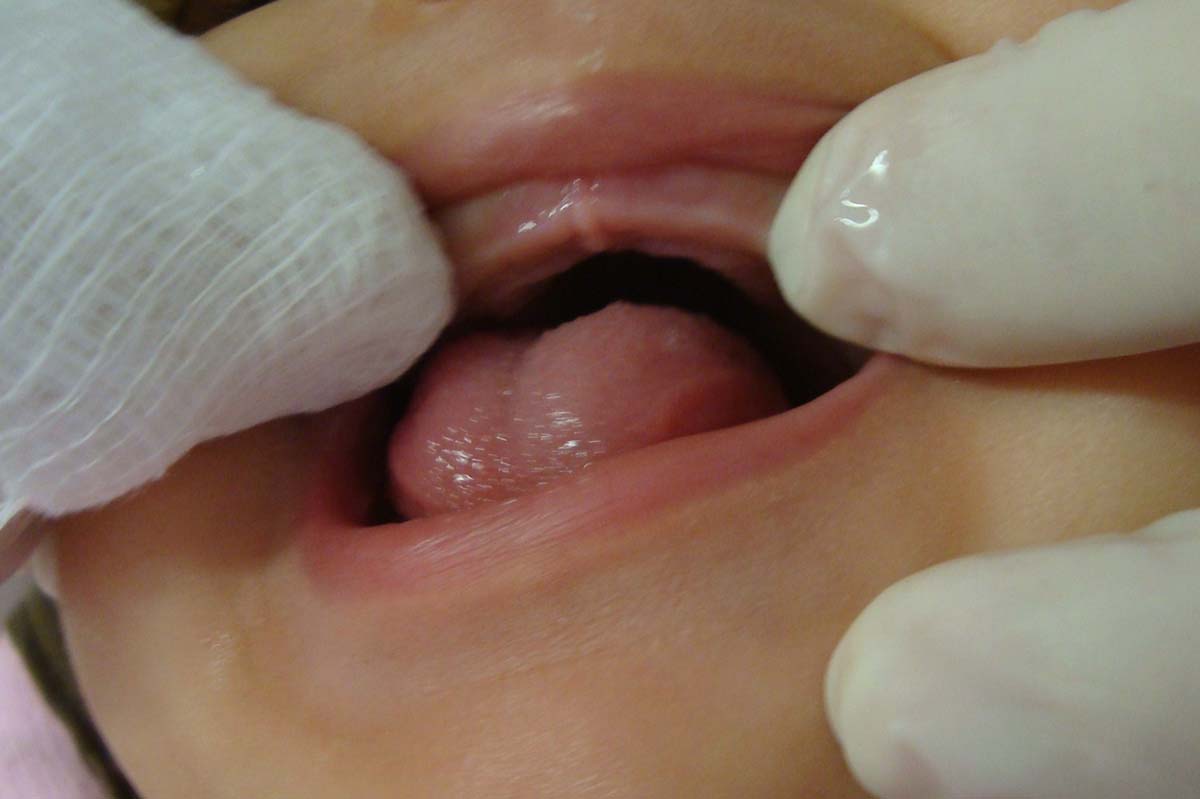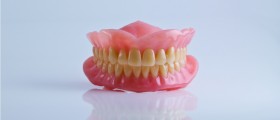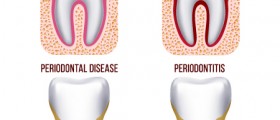
Information on Halitosis
Bad breath can be a rather embarrassing condition for children. The condition is medically referred to as halitosis and can be caused by numerous different medical problems, conditions and disorders.
The sources of halitosis can be of oral, non-oral and psychological nature. Oral sources are the most common ones. The bacteria in the oral cavity produce bad breath in the area between the teeth, under the gum line or at the dorsum of the tongue. Sulfur compounds are the elements that actually create the foul odor associated with the bad breath.
Numerous oral causes of bad breath may include a decrease in the saliva flow, increase of dead epithelial cells in the mouth, saliva stagnation, an alkaline oral environment and certain other conditions.
Sources of Halitosis
Oral sources of halitosis include a dry mouth that can be caused by mouth breathing, medications, decrease of salivary flow, diabetes, sleeping, chemotherapy, salivary gland disease, and dehydration.
The dorsum of the tongue can also be a source of bad breath. Dental problems such as dental caries and tooth abscesses can be perfect for the accumulation of bacteria that produce a foul odor. Oral fungal infections can be caused by numerous different medical conditions and they may be sources of bad breath.
Gum diseases such as gingivitis and periodontitis may also be responsible for a bad breath. Another oral source of bad breath may be oral cancer. Non-oral sources may include different hepatic problems such as cirrhosis, liver failure and timethylaminuria. Numerous respiratory and sinus conditions can also be the source of bad breath in children.
Other similar sources may include asthma and enlarged adenoids. The formation of tonsilloliths in the tonsils can also be the cause of a foul odor. Kidney failure is another non-oral source of halitosis.
Other non-oral sources of halitosis may include the helibactor pylori infection, diabetes mellitus, certain different types of medications and menstruation. Halitosis cannot be triggered by psychological causes but there are cases of pseudo-halitosis and halitaphobia which do not involve the actual halitosis.
Diagnosis and Treatment
Diagnosis of halitosis requires a full medical history of the patient, clinical examination and measurement and evaluation of the breath. The measurement of the breath involves the organoleptic technique, but certain cases also require the instrumental technique to be used as well. The treatment involves an improved oral hygiene and cleaning. The key factors to the prevention of halitosis are a good oral hygiene, well balanced diet and proper hydration.










,-Don't-Ignore-Receding-Gums_f_280x120.jpg)





Your thoughts on this
Loading...